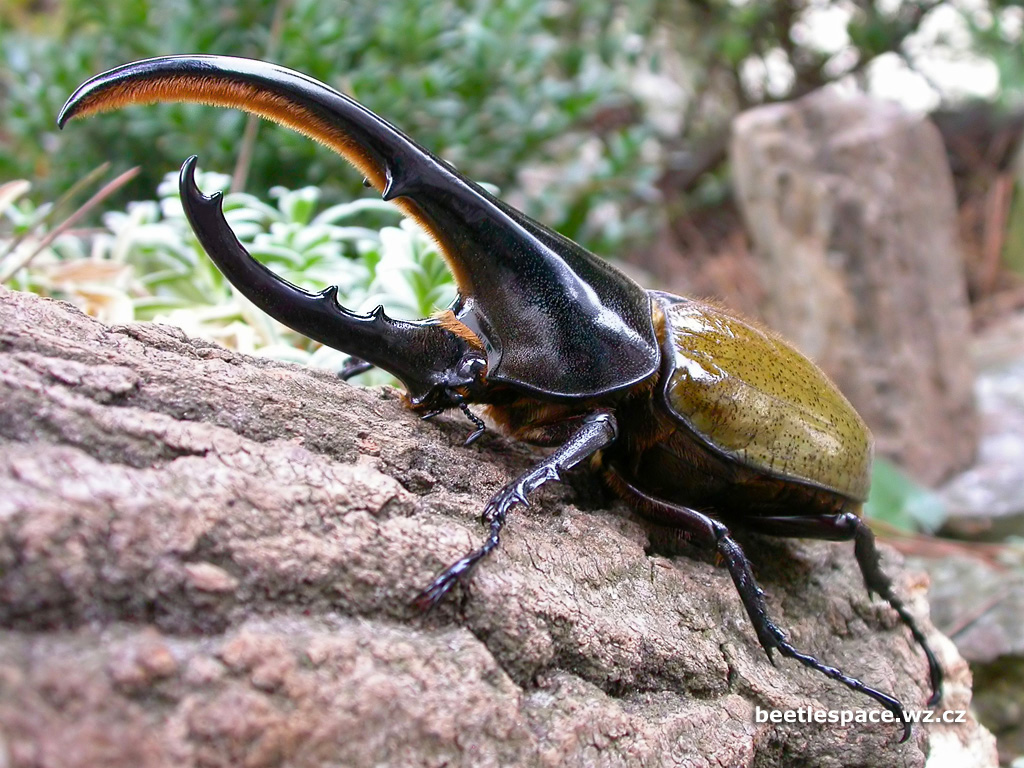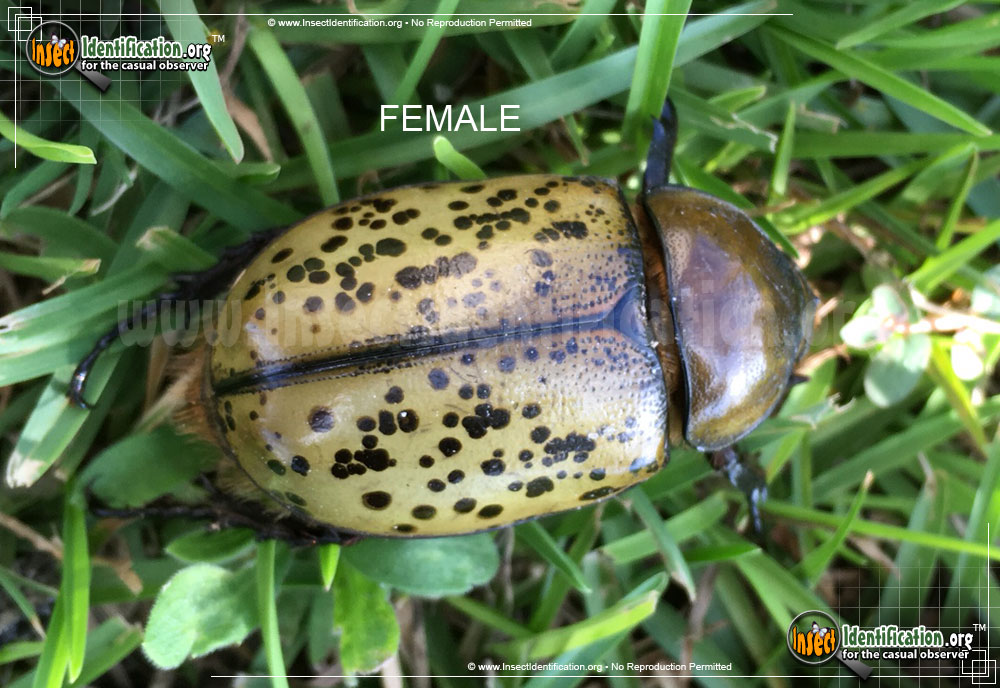


hercules have noted no seasonality with respect to the willingness to mate. The few studies that have observed mating D. There has been little research into the reproductive cycle of Hercules beetles. It is possible wild males are competing on unstable or arboreal substrates and that the true purpose of these altercations is to grasp and throw the opponent off of the staging ground, thus eliminating the losers chances of reproductive success. It is important to point out that these battles have all been observed in artificial conditions.

This melee can go back and forth through multiple body slams before one male inevitably retreats. When one male is successful in this endeavor he lifts his opponent up as far as his segmented body will allow and slams his unfortunate victim down. They attempt to clasp and subdue their opponent between the appendages. Males vying for copulatory rights to a single female will engage in complex battles using their horned weaponry. Once receptiveness is communicated males will readily seek out the female. hercules females initiate sexual contact chemically, by the use of pheromones. Reproduction is sexual with a high degree of male competion. Sexual maturity occurs upon emergence of the adult, or imago beetle. The larval stage can last from 12 to 18 months before the 2 to 3 month pupal stage. Once the egg is laid, it develops for 1 month before hatching into a larva. hercules goes through complete metamorphosis with egg, larval, pupal, and adult stages. Average length 78 (male), 61.8 (female) mm in.Average mass 34 (male), 16.3 (female) g oz.The mechanism responsible for this change is the intricate microstructure of the elytra that modifies light refraction as it is exposed to moisture. In low humidity, the elytra appear yellow to olive green but they turn stark black with rising moisture levels. hercules are noteworthy in that they change color with varying humidity levels. The elytra (hardened front wings which create a shell around the abdomen) of D. Beneath the cephalic horn reside large eyes and distinct lamellate antennae (a straight stalk with right angled fingers at the terminus). The rest of the beetle’s physical characteristics are typical, albeit larger, for the family Scarabaeidae. Females lack horns and are smaller, averaging 61.8 mm long. When measured from the end of the longer, thoracic horn to the tip of the abdomen, adult males average around 78 mm in length, though there are reports of massive males on the island of Guadeloupe reaching 180 mm long. Together, these appendages mimic both the appearance and function of a large claw. The most obvious and striking features of the adult male are the long horns that arise from the thorax (thoracic) and head (cephalic). Upon pupating and emerging as adults the beetles actually lose some of their larval mass but still retain an imposing size. hercules in its later instars (larval growth stages) can weigh up to 140 grams and barely fits in the outstretched hand of a male adult human. Hercules beetles are some of the largest beetles and indeed, some of the largest insects alive today. Although the adult beetle is capable of flight it has been observed primarily in the undergrowth and the forest floor, inhabiting those areas which permanently retain moisture and provide a healthy supply of fallen fruit for consumption. Due to the sheer size of the larva, which can grow to longer than 15 cm and weigh up to 140 grams, the forest must provide fallen trees of adequate girth.

hercules, like many of its beetle relatives, takes up residence in decaying wood. Hercules beetles inhabit the understory of montane and tropical rainforests. ( Dutrillaux and Dutrillaux, 2013 Rassart, et al., 2008) It is important to note that due to the inaccessibility of the Amazon rainforest and relative lack of research, this distribution remains only an approximation. This includes all of Central America, the Pacific coast and Amazonia of Colombia, western Venezuela, the islands of Guadeloupe and Dominica, eastern Ecuador, central Peru, western Brazil, and west/central Bolivia. Within these boundaries Hercules beetles have been found in pockets of both montane and lowland rainforests from the Pacific Ocean as far east as the Brazilian Amazon. The southern Mexican border to west central Bolivia represent the species' northern and southern limitations, respectively. Hercules beetles, Dynastes hercules, occur in the new world tropics of Central and South America.


 0 kommentar(er)
0 kommentar(er)
